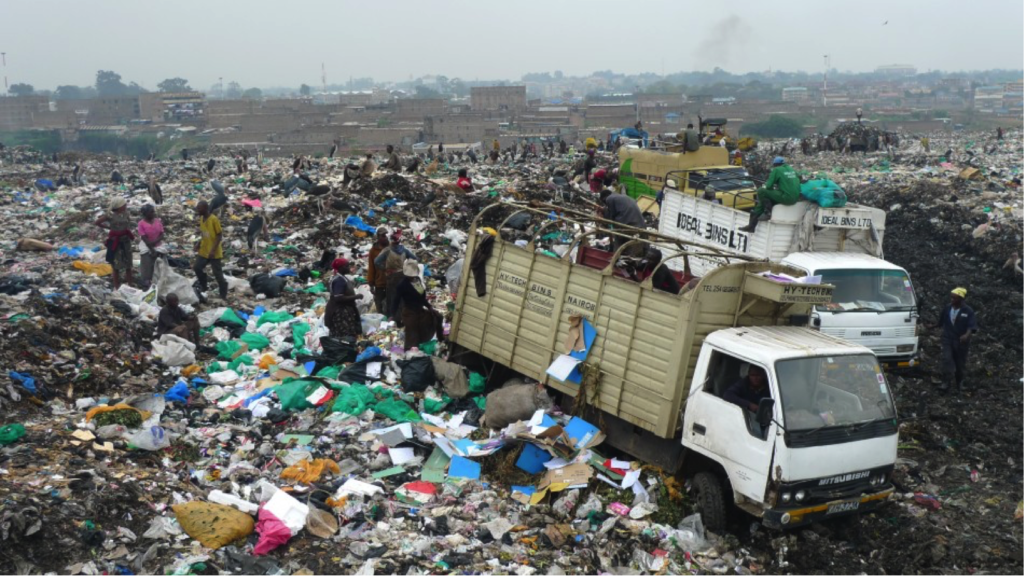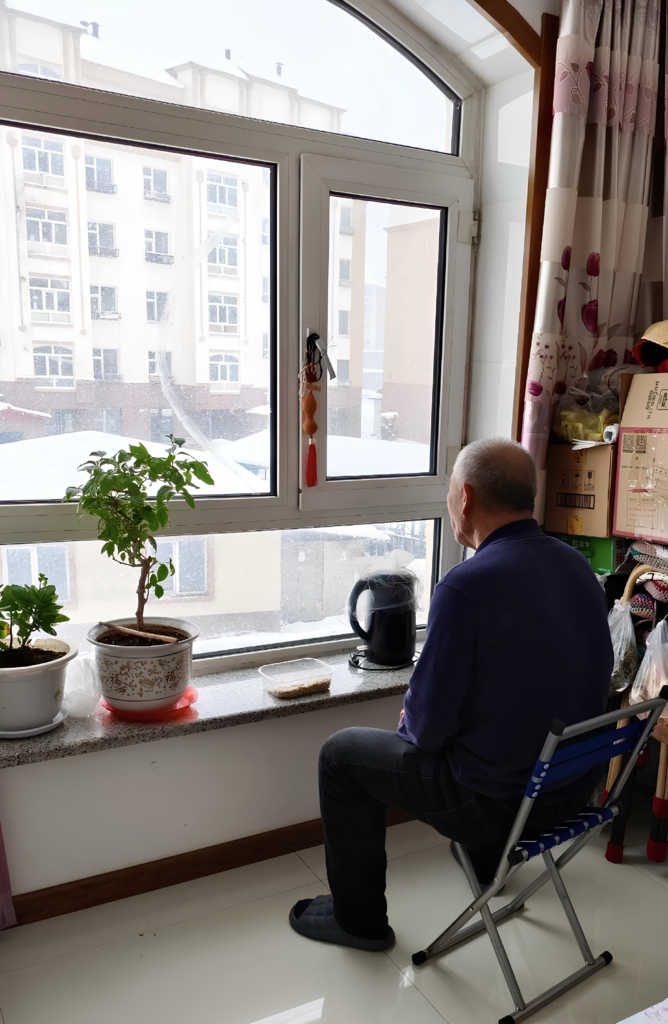City Know-hows

Target audience
Urban designers, landscape architects, regeneration practitioners, Autism Spectrum Condition (ASC) advocacy groups and all those involved with the design of the public realm.
The problem
A growing body of research proves that city green spaces provide positive physical and mental health benefits, however, access is not universal. Cities are planned for and designed by neurotypical people and can neglect neurodiverse and disability needs. For many people with Autism Spectrum Condition, cities can be difficult to navigate due to the cognitive and social challenges inherent in the urban built environment and therefore limits inclusive health benefits of urban environments.
What we did and why
This paper aims to identify the impacts of the built environment on the walkability of a city for those with Autism Spectrum Condition. Using film, photography, and recordings, two alternative journeys from a transport hub to a public park are analysed. A focus group consisting of parents of children with Autism Spectrum Condition aid the investigation by analysing the material gathered, before suggesting potential solutions to the identified challenges.
Our study’s contribution
Suggestions to support inclusive access to meet Autism Spectrum Condition needs include:
Transition zones
Provision of dedicated quiet places in the city
Compartmentalisation of large spaces
Utilising technology before journeys alongside improving safety and signage.
Reflecting on the findings, this paper provides a number of urban design principles for the built environment which consider those with Autism Spectrum Condition that can support a shared urban built environment to be more inclusive for neurodiverse groups.
Impacts for city policy and practice
Urban policy has recently started to engage with making places inclusive for those with cognitive impairments such as Autism Spectrum Condition. Often measures to make cities more ‘autism-friendly’ are limited to the sensory environment of individual buildings and staff training and neglect to consider broader Autism Spectrum Condition needs, therefore environments are hostile to navigate. This research offers suggestions for planning practice to create the city as a sensorium through inclusive design that helps meet Autism Spectrum Condition sensory needs.
Further information
Not availble.
Full research article:
Autism spectrum condition and the built environment by Keith McAllister, Aine McBeth (@ainemcbeth) and Neil Galway (@neil_galway)
Related posts

Solid waste production is rapidly increasing in Kenyan cities. However, the implementation of available policies to address the canker leaves much to be desired.

Cold spells adversely impact the mental well-being of older adults, causing depression, sleep disturbances, and social isolation. This study highlights the failure of community services to address these issues, urging policymakers and healthcare providers to implement targeted mental health interventions for this vulnerable population.

Public spaces in universities target skateboarding through hostile architecture and security. Hostile designs exclude skateboarding as a novel form of physical activity. Maybe ‘just’ urban design guidelines can produce more inclusive and diverse public campus spaces.